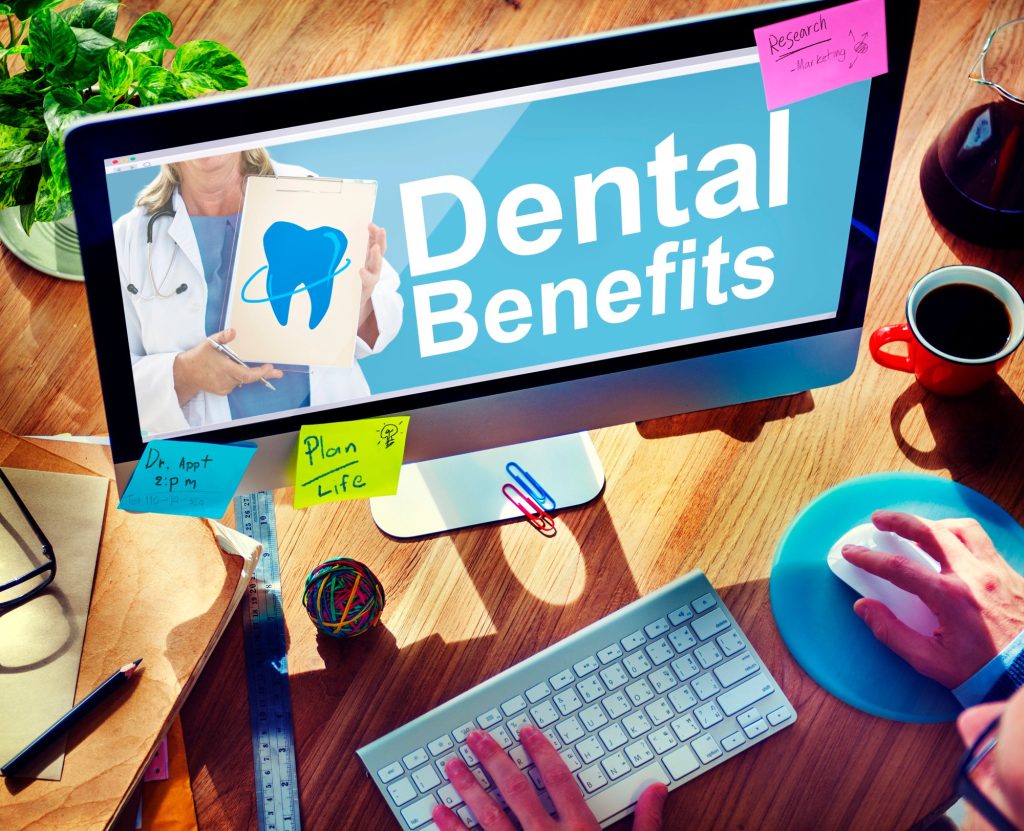
A recent column entitled: “Federal Employees and Retirees Should Review Their Dental Insurance Needs During the Open Season” discussed the Federal Employees Dental and Vision Insurance Program (FEDVIP).
FEDVIP is available to federal employees and retirees in which an employee and a retiree can elect to enroll in a dental plan and/or a vision insurance plan with guarantee issue (no underwriting and no exclusion for any pre-existing condition). Employees and retirees pay the full cost of the premiums, with no federal government contribution towards the premium cost.
Since employees and annuitants pay the full premium cost of a FEDVIP dental insurance plan, they are advised to check out individual dental insurance plans sold by several insurance companies. But this begs the question: Is enrolling in any dental insurance plan, whether an individual dental insurance plan, or a group-sponsored dental insurance plan worth the cost?
Like purchasing any insurance, the reason that an individual purchases dental insurance is a “transfer of risk” in which the individual pays a relatively small amount of money (premiums) to an insurance company in order to protect the individual from a financial catastrophe. In short, dental insurance is purchased in order to protect the individual from a financial catastrophe related to unaffordable dental expenses that the individual and the individual’s enrolled family members may incur.
However, dental insurance is different in many ways from other kinds of insurance, such as health insurance and homeowner’s insurance. With both health insurance and homeowner’s insurance, the potential downside of not being insured is so high that no one can afford not to be insured. On the other hand, with dental insurance the potential downside to not purchasing dental insurance is low.
Take the example of a family of four. In a “good” year, family members may need only the standard cleaning, once or perhaps twice per year, routing exams and x-rays that constitute good and recommended care. The family may spend annually $500 to $600 out-of-pocket for these preventive services. Most Federal Employee Health Benefits (FEHB) program health plans pay a portion of the annual cost of routine dental care visits to a dentist. The family may pay on average $700 to $800 a year in dental insurance premiums. The result: What the family is paying in annual dental insurance premiums and what the family is paying out-of-pocket for their annual dental care results in a net loss.
Retirees may find dental insurance to be worth the cost because the expensive dental procedures that senior citizens incur include crowns, root canals, dentures and implants.
Dental Insurance and Out-of-Pocket Costs
If a federal employee or retiree, and/or a family member expects some major dental expenses in any year, then under FEDVIP rules the employee/retiree can enroll in the FEDVIP during the “open season” preceding the year the dental treatments will occur. The dental insurance takes effect January 1 in the year the treatments will occur, and then the employee or retiree can disenroll in the FEDVIP during the following “open season”. The dental insurance has supposedly served its purpose by paying for most of the expensive dental treatments.
There are also coinsurance costs. Some dental plans have the insured pay zero percent coinsurance for preventative maintenance and 20 percent coinsurance for filings, root canals and extractions. With expensive dental procedures including crowns, bridges and implants, coinsurance costs can be as much as 25 to 50 percent. This means that even if the insured has not used up his or her annual maximum benefits payout by the time an expensive procedure is performed, the insured may have to pay hundreds of dollars for a particular dental procedure.
Alternatives to Group Dental Insurance
There are alternatives to purchasing group dental insurance plans such as FEDVIP. As discussed above, federal employees and retirees pay the full premium cost of FEDVIP dental insurance. An employee/retiree in need of dental insurance is encouraged to contact a licensed life/health insurance broker in order to find an individual dental insurance plan that meets the employee’s/retiree’s (and family, if applicable) dental needs.
The following are some general recommendations for choosing an individual dental insurance plan. A primary recommendation is to choose a plan that has a preferred provider organization (PPO) network of dentists:
• If a federal employee or retiree uses a particular dentist and the dentist is in a dental plan’s PPO network, then the employee or retiree should choose one of the less expensive PPO dental insurance plans.
• If a federal employee or retiree does not use a particular dentist, then the employee or retiree should choose a dentist who is in a dental plan’s PPO network and choose a less expensive dental plan.
• In addition to choosing a less expensive dental insurance plan with a PPO network, an employee or retiree is advised to check the plan’s covered dental services, deductibles, enrollment types (self only, self plus one, and self and family), in-network and out-of-network costs, and provider networks.
Finally, as an alternative to purchasing any type of dental insurance – individual plan or group plan – employees and retirees may want to consider “self-insuring” in order to pay potential dental expenses. An example of “self-insuring” is for federal employees to set aside a portion of their gross salary (as much as $3,300 during 2025) to a health care flexible spending account (HCFSA). For more information go to https://www.fsafeds.com. Employees and retirees who own a health savings account (HSA) are permitted to make tax-free withdrawals from their HSAs to pay qualified medical expenses including dental expenses.
During this current FEDVIP open season, federal employees and retirees are advised to evaluate their and their family’s dental care needs for 2025. They are encouraged to compare what the FEDVIP has to offer versus individual dental insurance plans, or as an alternative to purchasing any type of dental insurance, the possibility of self-insuring.
